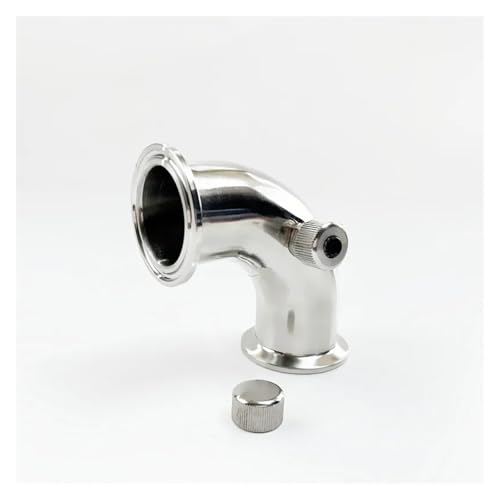I am lucky enough to have both a 35l Brewzilla and a 25l Braumeister and so I can regularly compare the performance. I have to agree with MashBag that the difference is like a modern washing machine compared to a scrubbing board.
It is not only the need for stirring makes the Brewzilla a very hands-on machine. In my case I also need to adjust the pump tap and manually measure the temperature using an external probe and then adjust the machine's target temperature to try to get to a stable temp. This means that in a 90 minute multi-step mashing (including temp ramp-ups) I am checking the machine every 5 minutes which means that I have to baby sit it constantly.
I compare that to the Braumeister with its reverse pumping of the mash, where I can truly set and forget the mash and come back to a completed multi-step mash 90 minutes later. Work-from-home brewing is indeed possible.
My question is why none of the cheaper systems (such as Brewzilla) have tried to copy the Braumeister's reverse pumping. Is it patented too well? Is the engineering too hard? I would love to try reversing the pump on my Brewzilla if that was possible, but I fear it is too hard.
Finally some good news, in my experience the brew comes out just as good on either machine. So the question is whether you can find the money for a more automated experience, not whether you will make a better beer.











































